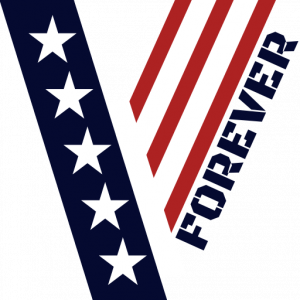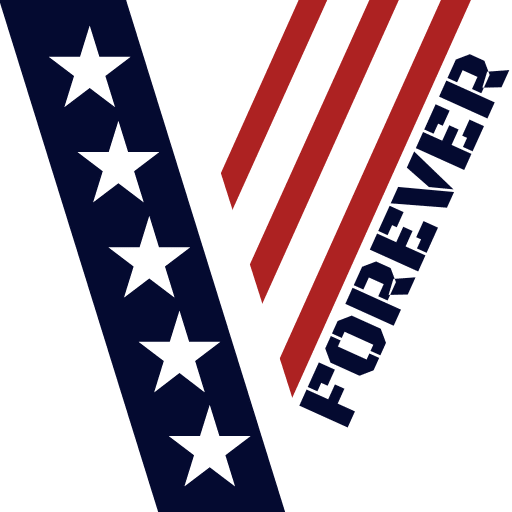
The Chapter 31 VA Benefits, also known as the Vocational Rehabilitation and Employment (VR&E) Program, are designed to help veterans with service-connected disabilities prepare for, find, and maintain suitable employment. For those who cannot work due to their disabilities, the program offers services to help them achieve maximum independence in their daily lives.
This article will cover the various aspects of Chapter 31 VA Benefits, including eligibility requirements, benefits, the application process, and tips for maximizing the program’s potential.
What Are Chapter 31 VA Benefits?
Chapter 31 VA Benefits are part of the VR&E Program, which provides vocational rehabilitation services to veterans and service members with service-connected disabilities. The program aims to help these individuals achieve employment and independent living goals.
Services can include career counseling, job training, resume development, and more, tailored to meet the unique needs of each participant.
Eligibility Requirements for Chapter 31 VA Benefits
To qualify for Chapter 31 VA Benefits, you must meet the following criteria:
- Veteran Status: You must be a veteran or service member who has received, or will receive, a discharge that is other than dishonorable.
- Service-Connected Disability: You must have a service-connected disability rating of at least 10% from the VA.
- Employment Handicap: You must have an employment handicap, which means your service-connected disability significantly impairs your ability to prepare for, obtain, or retain suitable employment.
Special Considerations
- Active Duty Service Members: Active duty service members awaiting discharge due to a medical condition resulting from a serious injury or illness that occurred in the line of duty may also qualify.
- Application Time Limits: Generally, you must apply for VR&E services within 12 years from the date you were notified of your entitlement to VA compensation.
Benefits Provided by Chapter 31 VA
The VR&E Program offers a wide range of services designed to help veterans and service members achieve their career and independent living goals. Here are some of the key benefits:
1. Vocational Counseling and Career Planning
Participants receive personalized counseling and career planning services to help identify career goals and develop a path to achieve them. This includes evaluating skills, interests, and the impact of the service-connected disability on career options.
2. Job Training and Education
The program can cover the cost of tuition, fees, books, supplies, and other educational expenses for approved training programs. This can include college degrees, vocational training, apprenticeships, and on-the-job training.
3. Job Search Assistance
Participants receive help with job search activities, including resume writing, interview preparation, and job placement services. The goal is to help veterans secure employment that matches their skills and abilities.
4. Independent Living Services
For veterans with severe disabilities that make it difficult to achieve employment, the VR&E Program offers services to help improve their ability to live independently. This can include training in daily living skills, home modifications, and assistive technology.
5. Medical and Psychological Services
The program can provide referrals for medical and psychological services needed to achieve vocational goals. This can include physical therapy, counseling, and other health services.
6. Financial Assistance
While in the VR&E Program, veterans may receive a subsistence allowance to help cover living expenses. The amount depends on factors such as the number of dependents and the type of training program.
Application Process for Chapter 31 VA Benefits
Applying for Chapter 31 VA Benefits involves several steps. Here’s a detailed guide to help you through the process:
Step 1: Determine Your Eligibility
Before applying, ensure you meet the eligibility criteria mentioned above. You can check your service-connected disability rating through the VA’s eBenefits portal .
Step 2: Gather Required Documents
Collect necessary documents, including your DD-214 (Certificate of Release or Discharge from Active Duty) and any documentation related to your service-connected disability rating.
Step 3: Complete VA Form 28-1900
Fill out VA Form 28-1900, “Disabled Veterans Application for Vocational Rehabilitation.” This form is available online through the VA’s eBenefits portal or can be downloaded and submitted by mail.
Step 4: Submit Your Application
Submit the completed application form along with any required documentation online, by mail, or in person at a VA regional office.
Step 5: Attend an Initial Evaluation
If your application is approved, you will be scheduled for an initial evaluation with a Vocational Rehabilitation Counselor (VRC). During this evaluation, the VRC will assess your interests, skills, and the impact of your service-connected disability on your ability to work.
Step 6: Develop a Rehabilitation Plan
Based on the initial evaluation, you and your VRC will develop a personalized rehabilitation plan. This plan outlines your career goals and the steps needed to achieve them, including any necessary training, education, or services.
Step 7: Start Your Rehabilitation Program
Once your rehabilitation plan is finalized, you can begin participating in the services and training outlined in the plan. Your VRC will monitor your progress and make adjustments as needed to ensure you are on track to meet your goals.
Tips for Maximizing Chapter 31 VA Benefits
To make the most of your Chapter 31 VA Benefits, consider the following tips:
1. Clearly Define Your Goals
Work closely with your VRC to clearly define your career and independent living goals. Having specific, realistic goals will help guide your rehabilitation plan and ensure you receive the most relevant services and support.
2. Take Advantage of All Available Resources
The VR&E Program offers a wide range of services and resources. Be proactive in exploring all the options available to you, from job training and education to medical and psychological services.
3. Stay Engaged and Communicate Regularly
Maintain regular communication with your VRC and actively engage in your rehabilitation plan. If you encounter challenges or need additional support, don’t hesitate to reach out to your counselor.
4. Utilize Support Networks
In addition to the services provided by the VR&E Program, leverage other support networks such as veteran service organizations, support groups, and community resources. These can provide additional assistance and encouragement throughout your rehabilitation journey.
5. Keep Records and Documentation
Maintain thorough records of your application, correspondence with the VA, and any services or benefits you receive. This documentation can be helpful if you need to resolve any issues or provide proof of your participation in the program.
Success Stories: Real-Life Examples of Chapter 31 VA Benefits in Action
Understanding the potential impact of Chapter 31 VA Benefits can be more compelling through real-life examples. Here are a couple of success stories that highlight how the VR&E Program has transformed the lives of veterans:
Success Story 1: From Service to Civilian Success
John, a Navy veteran with a service-connected disability, struggled to find a job that matched his skills and physical abilities. Through the VR&E Program, John received vocational counseling and identified a career in information technology that aligned with his interests and capabilities.
The program covered his tuition for a computer science degree and provided job placement services. Today, John is a successful IT professional, enjoying a fulfilling career that accommodates his disability.
Success Story 2: Overcoming Obstacles to Independence
Sarah, an Army veteran with severe disabilities, faced significant challenges in her daily life. The VR&E Program developed a personalized independent living plan for her, which included home modifications and training in daily living skills.
With the support of the program, Sarah gained greater independence and improved her quality of life. She now volunteers in her community, helping other veterans navigate their own rehabilitation journeys.
Conclusion
Chapter 31 VA Benefits, provided through the VR&E Program, offer invaluable support to veterans with service-connected disabilities. By providing comprehensive vocational rehabilitation services, the program helps veterans achieve their career and independent living goals. Whether you are looking to further your education, obtain job training, or enhance your daily living skills, Chapter 31 VA Benefits can be a crucial resource on your path to success.
If you believe you may be eligible for Chapter 31 VA Benefits, don’t hesitate to apply and take the first step towards unlocking new opportunities and achieving your goals. For more information, visit the VA’s VR&E Program website or contact your local VA office.
Remember, the journey to rehabilitation and employment may have its challenges, but with the right support and VA educational benefits, you can overcome obstacles and create a fulfilling future.

